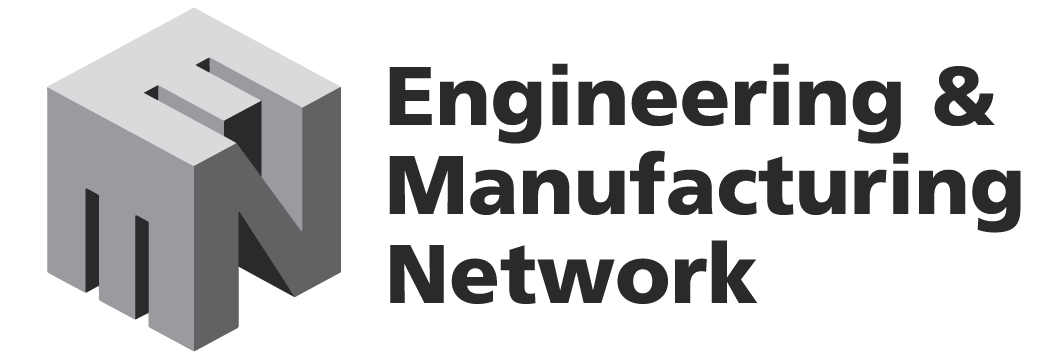Introduction
A business process review is essential for any business, yet it can be challenging to decide where to start.
Should you review your current business processes from start to finish?
Should you pick a particular department or function in the business?
How can you be sure that you’re making the most of your time and resources?
If you’re looking for a way to improve your business efficiency and bottom line, then business process review is the most practical answer before you implement any digital solutions.
In this blog post, we’ll take a closer look at the benefits of this type of business improvement activity and how it can help you prioritise your improvement areas and streamline your business processes.
What is Business Process Review (BPR)?
The term ‘business process review’ (BPR) is often used interchangeably with ‘business process improvement’ (BPI). However, there is a difference between the two concepts. BPR is a comprehensive examination of a company’s business processes with the aim of identifying where improvements can be made.
BPI, on the other hand, is the implementation of those improvements. In other words, BPR is the first step in a continuous improvement journey. It is a strategic initiative that should be driven by the top management by involving necessary functions and team members from key areas of a business.
There are many drivers for BPR, such as cost savings, process optimisation, and improved customer satisfaction. However, the most important driver and benefit is that it helps organisations become more agile and adaptable to change.
If your business is looking to improve its business processes, then you should consider implementing a BPR project. But where do you start? And how can you ensure that the project is successful?
The answer lies in a structured BPR workshops. They are conducted by the business process improvement team to identify and document the steps for a given business process, in order to understand the current state of the process, identify potential improvements, and prioritise changes.
By adopting this approach, you can easily prioritise by involving your people and map out your business processes and confirm improvement areas collectively.
Benefits of Business Process Review Workshops
Business Process Review Workshops are an important exercise for all businesses, as they help identify and address inefficiencies in the business. This is because a Business Process Review Workshop will help identify and address the root causes of problems, which might otherwise have been missed out.
The benefits of conducting these workshops include:
– Identifying and addressing inefficiencies in the business
– Improving customer experience
– Enhancing employee engagement
– Improving knowledge exchange between your employees and departments.
Communication & Engagement
In order to conduct a successful business process review, the following steps should be taken:
– Define the purpose of the review
– Identify stakeholders and participants
– Identify relevant business processes based on your departments and functions
– Conduct interactive workshops with stakeholders and other key company personnel
– Analyse data from workshops
– Share findings and agreed actions
– Create urgency based on the consensus reached and priorities agreed between participants for quick returns
– Develop solutions that are practical and feasible for implementation.
Remember; the goal is to improve your organisation’s efficiency by eliminating or automating low-value tasks. It can impact any aspect of a company, including sales, marketing, finance, and operations.
It can save businesses time and money, allowing them to focus on other important tasks and value added activities. It also frees up employees to do other tasks that are more important or that they are better at doing.
Conducting the BPR Workshops: Practical Considerations
The workshop participants are typically senior executives, managers or key members of staff from different departments. The workshop facilitator typically has experience in conducting business process reviews and may be a member of the business process improvement team.
A good way to start a business process review is by setting goals for the review. These goals will help you know what you want to achieve by the end of it. You should also set deadlines for each goal so that you know when they need to be accomplished by.
The “process” includes all of the activities that need to happen within your company to deliver a product or service, and it typically starts with marketing, goes through design and engineering development, sales, manufacturing, distribution, customer service, etc.
You should also create a list of what needs to be done before starting the review and during it so that you have an idea of what needs to be done at every stage of this process. This will also help you keep track of any progress made during the review.
The workshops will help you review your current (as-is) state of your business processes and align your future (to-be) state business processes for maximum productivity and quality with a good focus on the customer journey as well as the various channels where they are being communicated.
Conclusion
Business process reviews are a great way to identify and correct inefficiencies in your business. They can help your business become more productive, reduce costs, and provide a better customer experience.
A business process review is an evaluation of how well the company’s processes work. It is used to identify areas where the company can improve its performance from where it is to where it wants to be.
And remember – this is only the beginning. If you want to discuss how ZEST I/O can help your business with delivering business process review workshops, please get in touch with our team. Our team will be delighted to be part of your continuous improvement journey.
